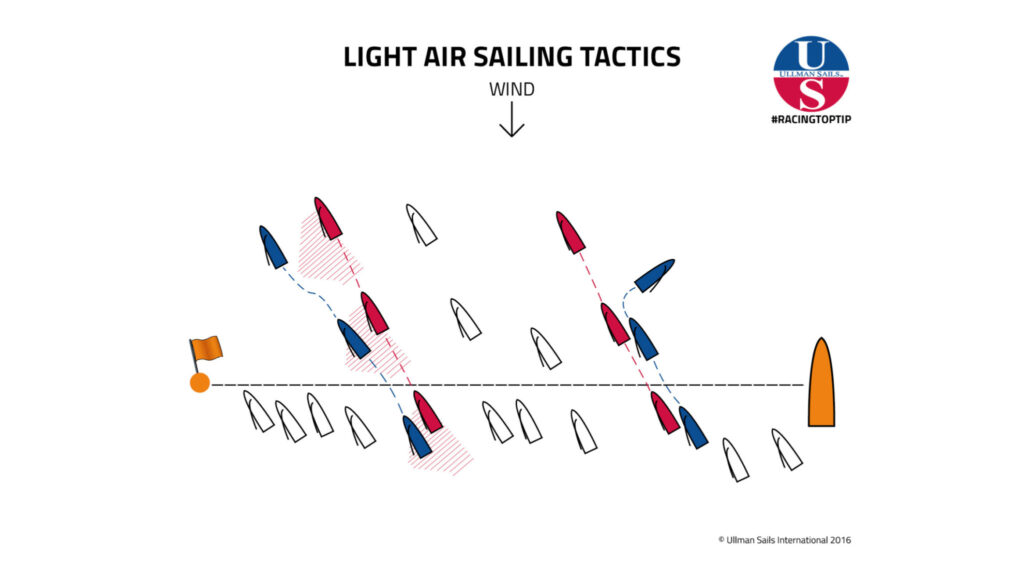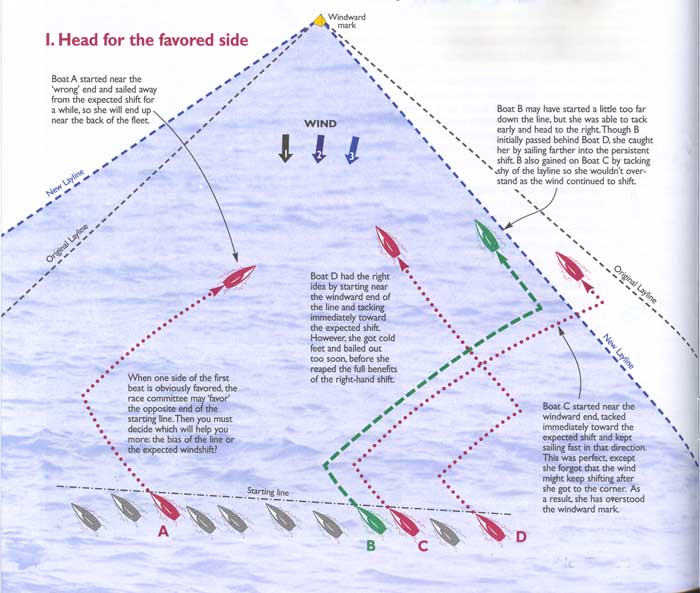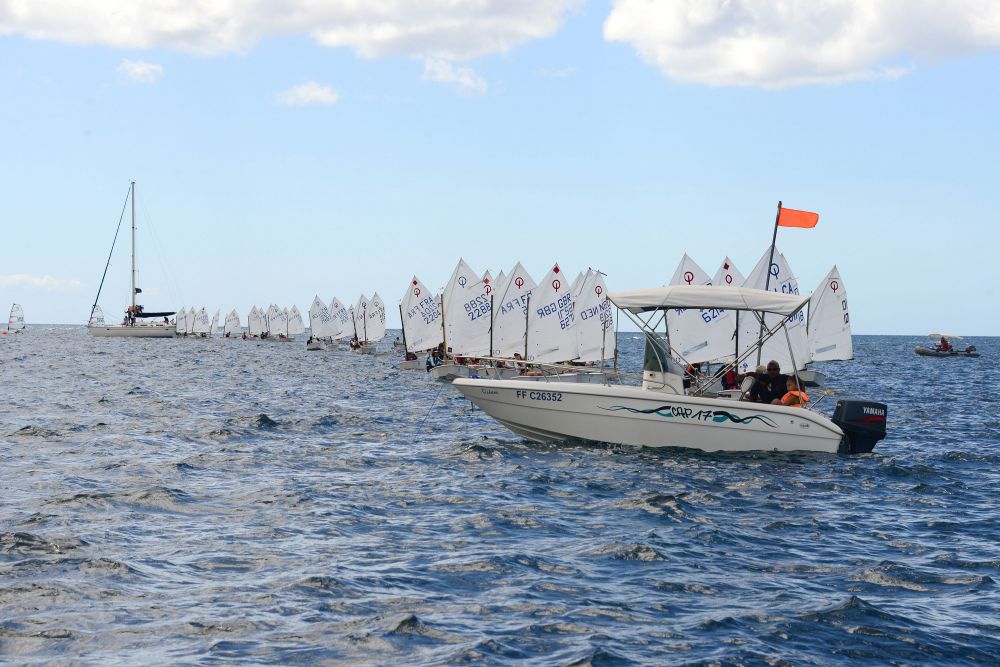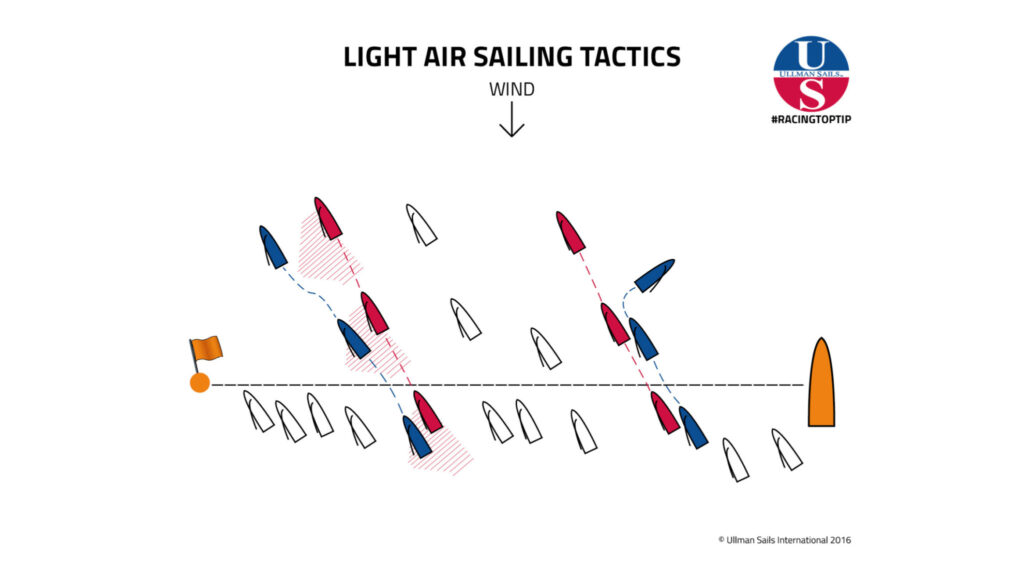STARTS are challenging and fun! If you are new to the sailboat racing world, it can really seem intimidating. Thats alright, dont let it intimidate you, because once you get it wired you will love the STARTS! In order not to overwhelm, we will begin with some rudimentary basics. More advanced starting topics and techniques will come once these basic skills are mastered.
Your Objective – Always focus on your objective above all things!
For Sailboat racing, the objective is always to be the winner of the race. This is true for fleet and match racing, but maybe slightly different for Team Racing. Right now though we are going to set this aside until later. It all begins with the Starting Line though and to be the winner of most races, you have to get off to a good start! Here are a few bullet points of the most basic issues to concentrate on for beginners.
- Identify where the Start Line is and which direction you are to go across the line and what mark you are heading toward after the start.
- Understand the Starting Sequence and time line and how to use your own watch for the start countdown
- Avoid hitting and fouling other boats, which means understanding the basic right of way rules
- Controlling your boat’s speed, stopping and starting, sail control, rudder control, crew weight and positioning
- Do your very best to be at the line at the start signal, moving at top boat speed, in the right direction… yes this might sound easier than it is, but its what you want to strive for. Don’t be hard on yourself if it you are not able to do this every time!
The Racecourse Options
Regattas and sailboat races have several different layouts, based on how the club running the race decides to set it up. The diagram below is a typical set of options that the Race Committee usually might choose from. During the day of racing, they may even change the course layout. This decision is usually based on the weather, number of boats and the speed of the boats based on the current conditions. The race committee options for the regatta are in the racing instructions and this is something you need to keep in a dry bag on your boat with you during the regatta, so you can identify how, where and how many times around the marks you are suppose to sail.

The next diagrams are of the start line and some basic wind information that you need to understand to optimize your start.






Starting Sequence
Racing starts have different start countdowns. Its pretty hard to time things if you dont have some sort of digital watch with countdown timer options. There are nice expensive racing watches…. click here for one example, otherwise most standard inexpensive water resistant watches will work, they are just a little more complicated to get to the timer settings and this takes practice, but thats what I grew up using, so it works. For our club practices we will use the following sequences for training.
- 1 Minute Preparatory Warning Signal
- 5 Minute Starting Signal
- 1 Minute Warning Signal
- Starting Signal
The 1 minute prep signal allows you to make sure your timer is setup and ready so you can press the start button on your watch exactly when the 5 minute countdown signal is made. If you miss this, then you have a second chance to get in time with the 1 minute warning signal… dont miss your second chance, because its your last chance.
Now once you have the time on your watch, you can start focusing your attention on the boat speed and maneuvers to get you at the line on time.
Most important factors now are……
